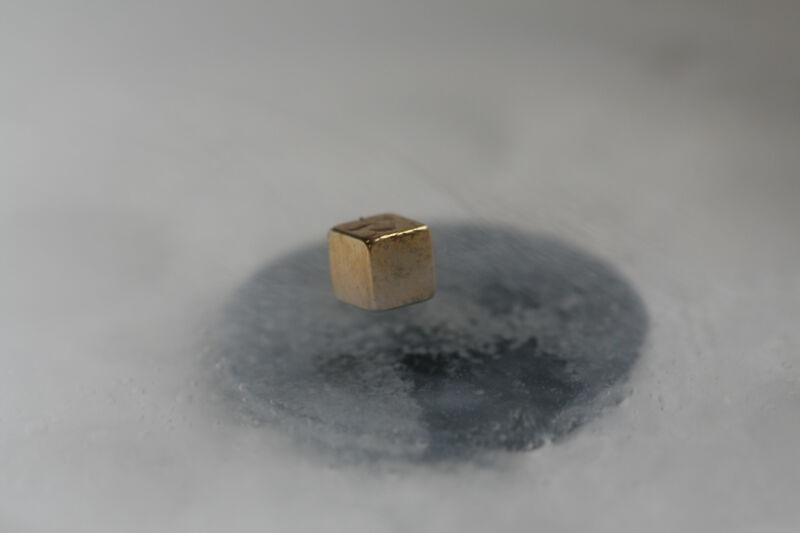
Enlarge / Levitation like this will apparently continue to require extremely cold temperatures for now. (credit: ClaudeLux)
The summer of room-temperature superconductivity was short-lived. It started with some manuscripts placed on the arXiv toward the end of July, which purportedly described how to synthesize a compound called LK-99, which would act as a superconductor at temperatures above the boiling point of water. High enough that, if its synthesis and material properties worked out, it could allow us to replace metals with superconductors in a huge range of applications.
Confusion quickly followed, as the nature of the chemical involved made it difficult to know when you were looking at the behavior of LK-99 and when you were looking at related chemicals or even impurities.
But the materials science community responded remarkably quickly. By the end of August, pure samples had been prepared, the role of impurities explored, and a strong consensus had developed: LK-99 was not a superconductor. Best yet, the work nicely provided explanations for why it had behaved a bit like one in a number of situations.
Read 15 remaining paragraphs | Comments
source https://arstechnica.com/?p=1965900